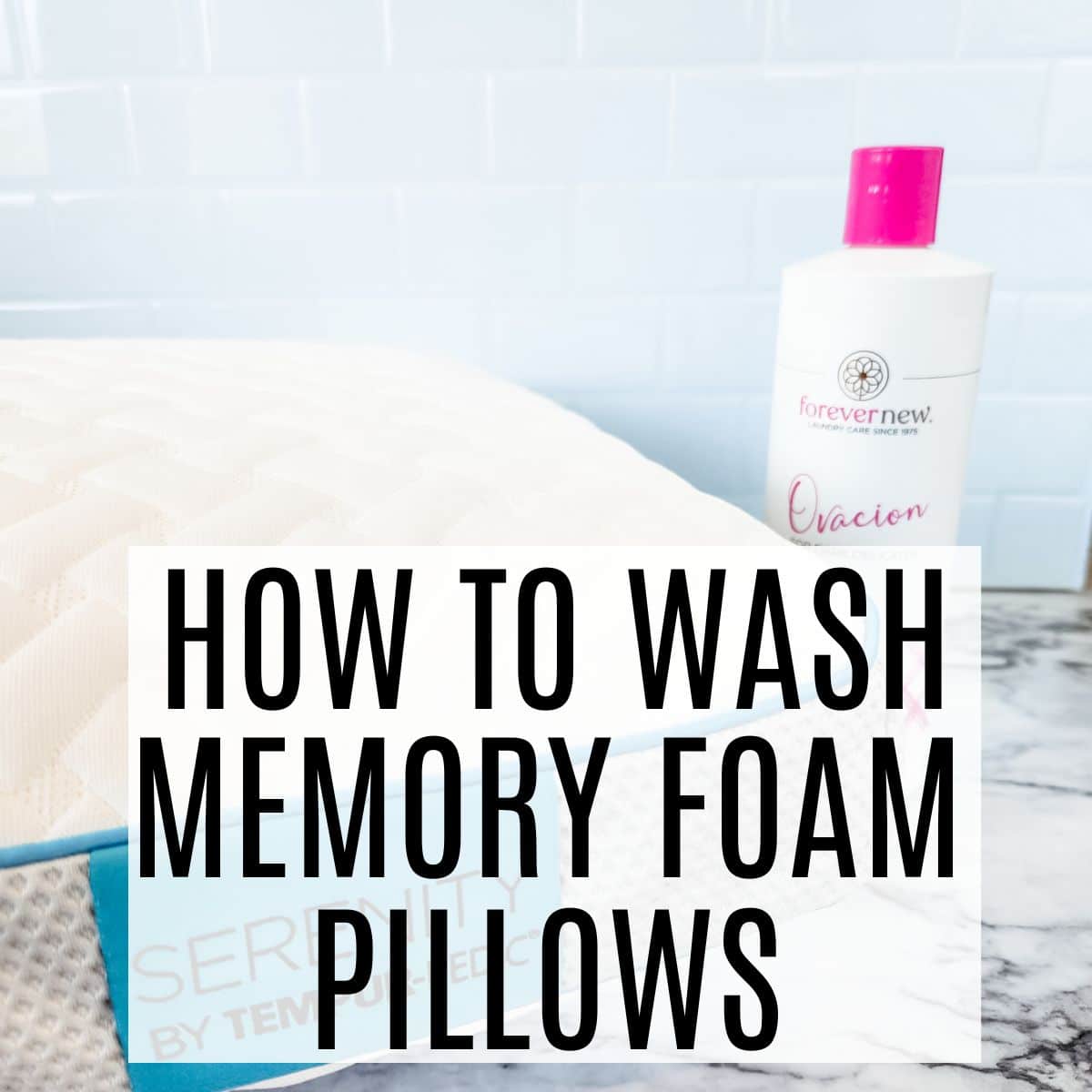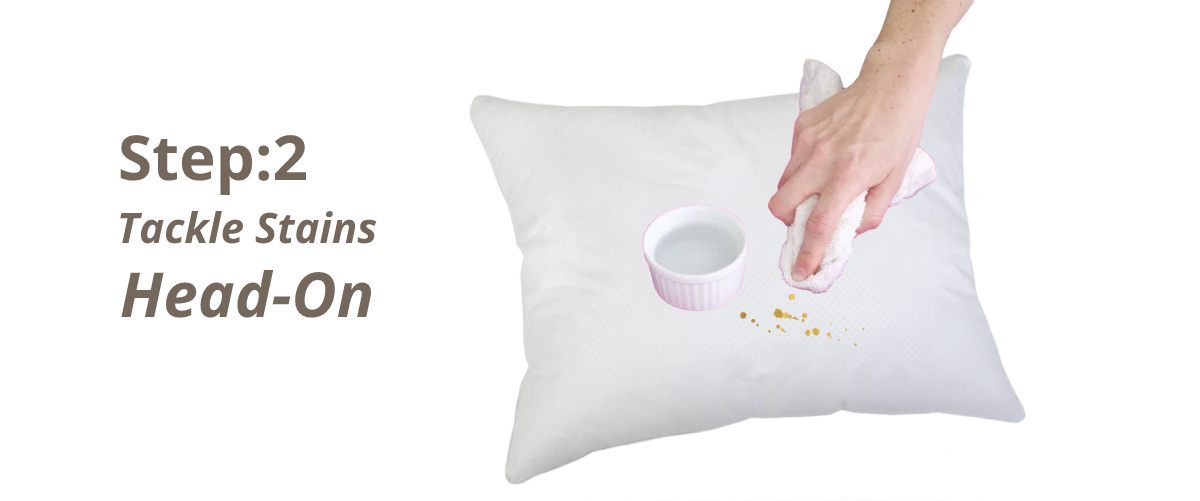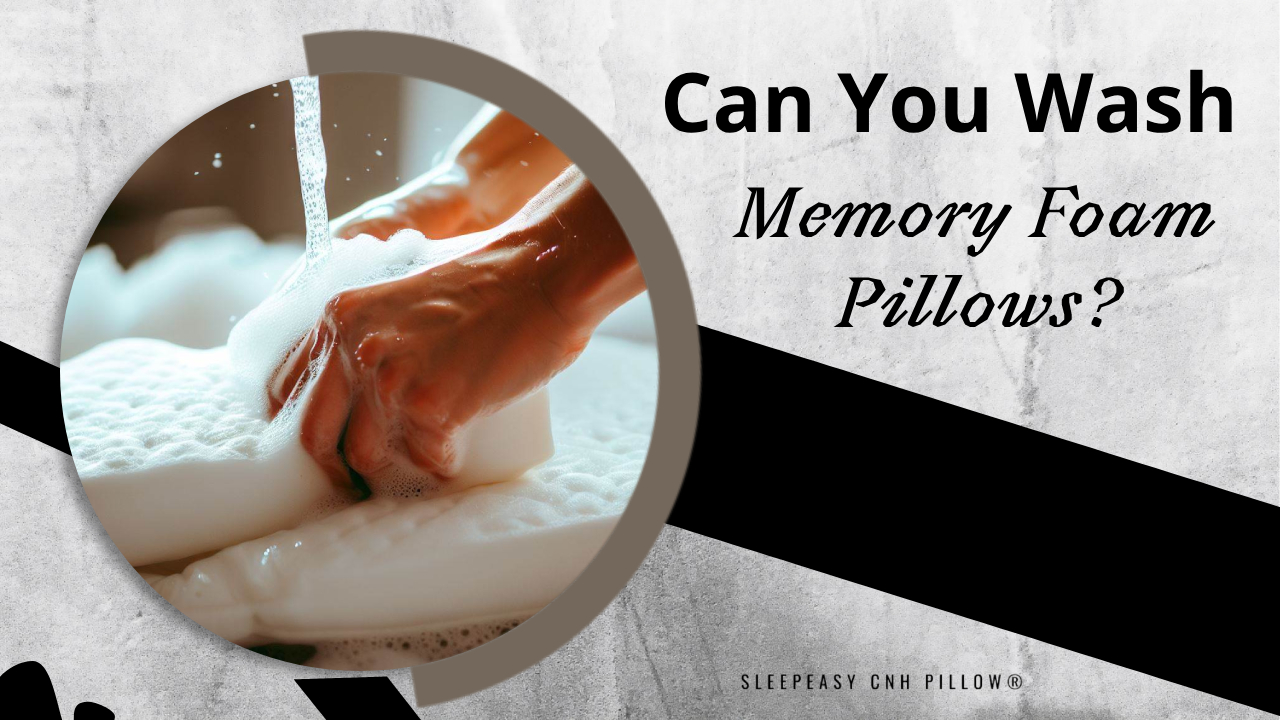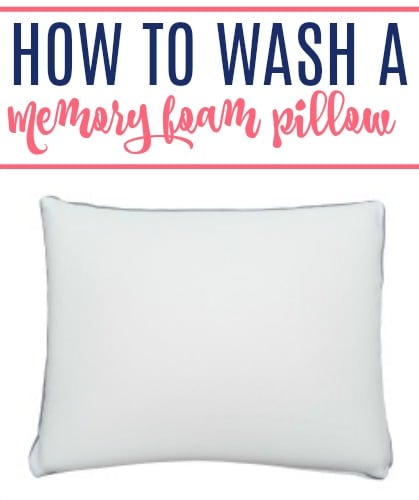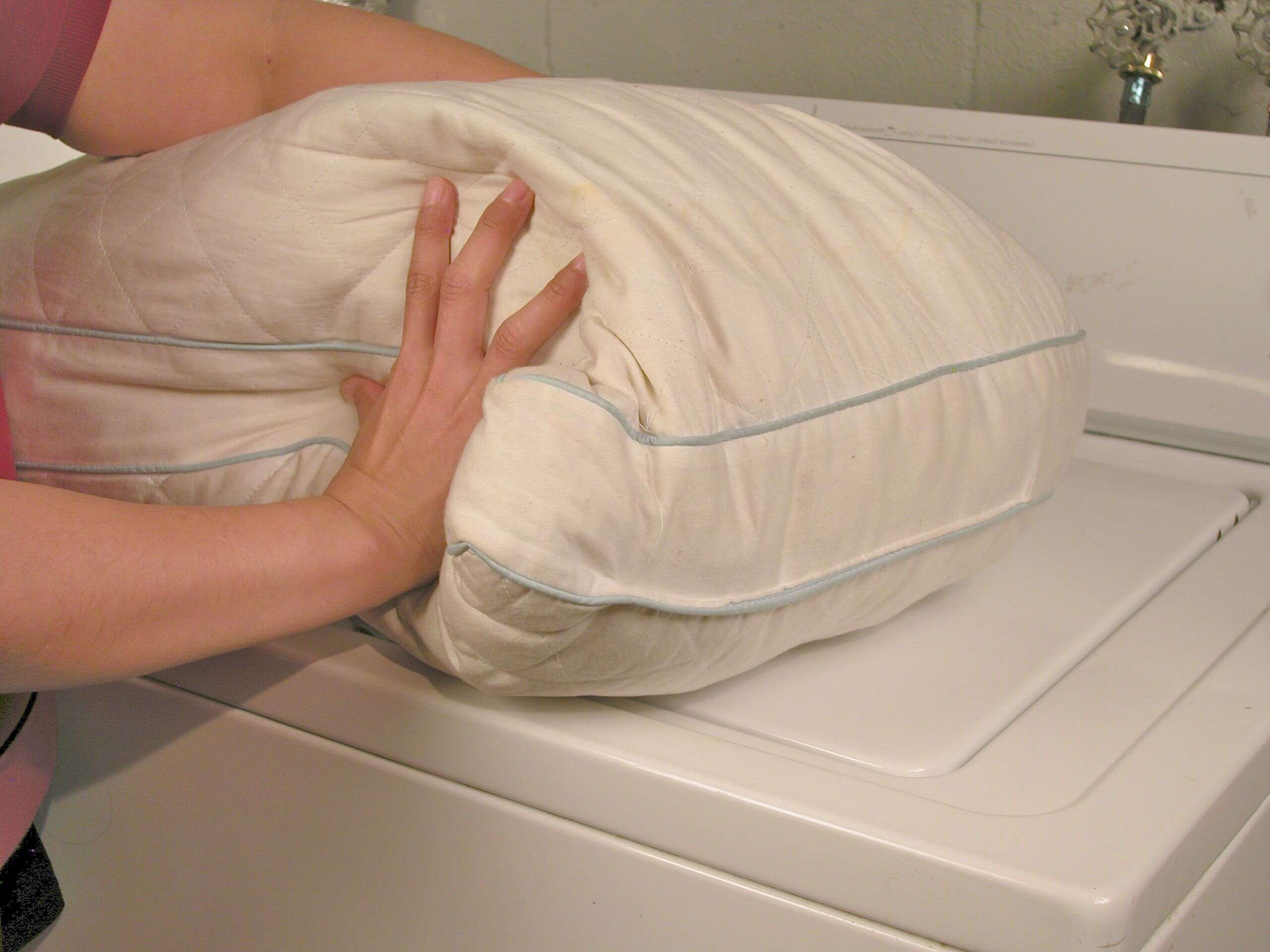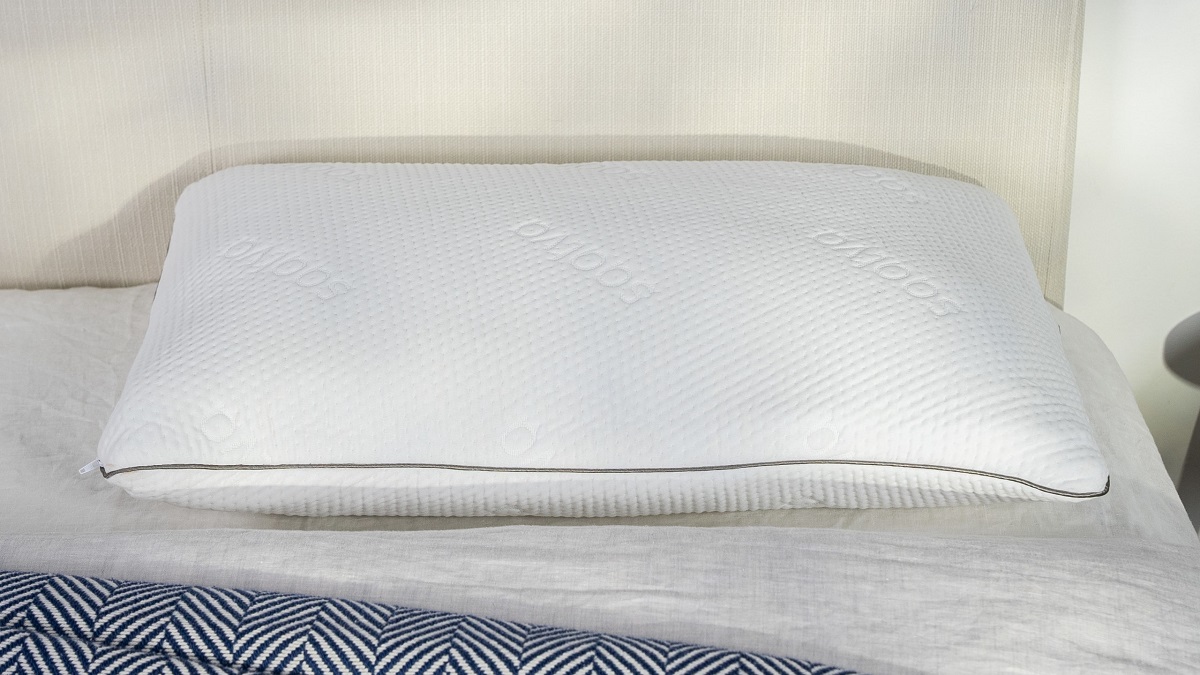Can I Wash My Memory Foam Pillow

The quest for a perfect night's sleep often leads to memory foam pillows, lauded for their conforming comfort and pressure relief. However, the question of whether these sleep companions can withstand the rigors of a washing machine remains a significant concern for many. A seemingly simple act of cleaning can potentially compromise the integrity and lifespan of this investment, leaving consumers grappling with uncertainty.
This article delves into the complexities surrounding the washability of memory foam pillows. It examines the potential risks and provides expert guidance on how to maintain these pillows effectively. We will explore alternative cleaning methods and best practices to ensure both hygiene and longevity.
Understanding Memory Foam Construction
Memory foam, also known as viscoelastic foam, is a type of polyurethane foam with added chemicals that increase its viscosity and density. This allows it to conform to the shape of the head and neck, providing customized support. Its unique cell structure is what gives it its pressure-relieving properties.
This open-cell structure, however, is also what makes it vulnerable to damage during washing. Waterlogged foam can be difficult to dry, and the agitation of a washing machine can tear the delicate structure apart. This can result in lumps, permanent deformation, and a loss of the pillow's original supportive qualities.
The Risks of Machine Washing
According to several manufacturers like Tempur-Pedic, machine washing is generally not recommended for most memory foam pillows. The aggressive tumbling action can break down the foam's cellular structure.
Furthermore, memory foam retains water, and complete drying can be a challenge. Damp foam can become a breeding ground for mold and mildew, posing a health hazard and rendering the pillow unusable. Residual detergent can also impact the foam's properties.
Manufacturer Recommendations and Warnings
Most reputable pillow manufacturers provide specific care instructions, which should always be the primary guide. Always check the label before attempting any cleaning method.
Sleep Number, for instance, explicitly advises against machine washing memory foam pillows. They suggest spot cleaning as the preferred method. Ignoring these instructions can void warranties and irreversibly damage the pillow.
Alternative Cleaning Methods: Spot Cleaning and Surface Care
Spot cleaning is generally considered the safest way to address minor stains or spills on a memory foam pillow. Use a mild detergent diluted in water and gently blot the affected area with a clean cloth.
Avoid saturating the foam. Allow the area to air dry completely before using the pillow again. You can use a fan to speed up the drying process.
Regular Surface Care
Regular vacuuming can help remove dust mites and allergens from the pillow's surface. Use the upholstery attachment of your vacuum cleaner and gently go over the entire pillow.
Additionally, using a pillow protector provides a barrier against spills and stains, extending the pillow's lifespan. Choose a breathable protector to prevent moisture buildup.
When to Consider Professional Cleaning
For deep cleaning or stubborn stains, professional cleaning services specializing in foam products are a viable option. These professionals have the equipment and expertise to clean memory foam without causing damage.
However, ensure the cleaner understands the delicate nature of memory foam and uses appropriate cleaning agents and techniques. Discuss the cleaning process in detail beforehand.
Extending the Lifespan of Your Memory Foam Pillow
Proper maintenance is key to maximizing the lifespan of your memory foam pillow. This includes regular airing to prevent moisture buildup.
Avoid exposing the pillow to direct sunlight for extended periods, as this can degrade the foam over time. Rotate the pillow regularly to ensure even wear.
The Future of Washable Memory Foam
Innovations in materials and manufacturing techniques are paving the way for more washable memory foam options. Some manufacturers are developing memory foam pillows with improved breathability and faster drying capabilities.
Look for pillows specifically labeled as "washable" and always follow the provided care instructions. These newer options often incorporate design features that allow for gentle machine washing without compromising the foam's integrity.
Conclusion: Proceed with Caution
While the temptation to machine wash a memory foam pillow might be strong, it's a risk best avoided for most traditional memory foam products. The potential for damage outweighs the convenience.
Prioritize spot cleaning, regular surface care, and professional cleaning when necessary. By following these guidelines, you can maintain a clean and hygienic sleeping environment while preserving the comfort and support of your memory foam pillow for years to come. Always consult the manufacturer's instructions first.


